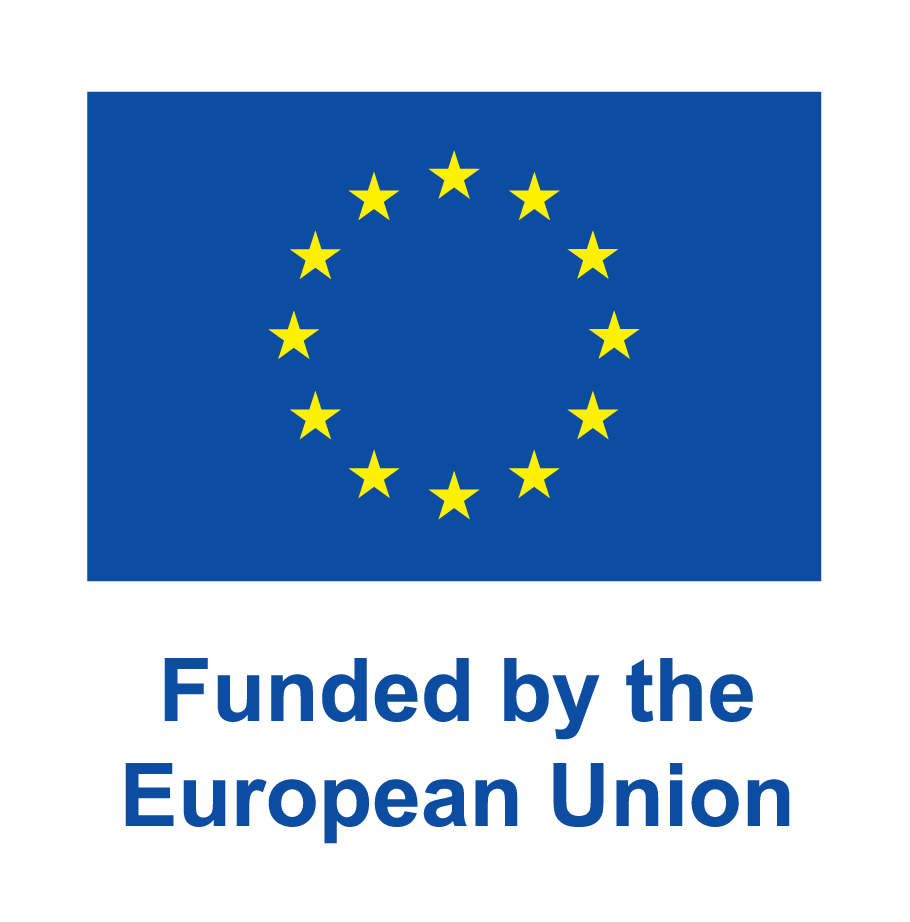Under the new European Pact on Migration and Asylum, EU Member States are required to develop a national migration strategy. Research by the European Migration Network (EMN) into existing strategies shows that effective approaches to migration often rely on close cooperation between ministries and the active involvement of public authorities and NGOs.
A migration policy strategy becomes mandatory under the Migration Pact – what approaches have countries taken so far?
To ensure that countries have sufficient resources, staff, and funding for their asylum and migration policies – and to meet European and international obligations – a government-led strategic plan is essential. Under the European Migration Pact, which enters into force on 12 June 2026, EU Member States are obliged to have a migration strategy (EU Regulation 2024/1351, Article 7). New research by EMN and the OECD examines how governments develop and monitor their migration strategies, highlighting a number of effective practices.
Situations across European countries
Most countries (AT, BE, BG, CY, CZ, DE, EE, EL, ES, FI, FR, HR, IE, IT, LT, LU, LV, NL, PL, PT, SI, SK) already have a strategy in place. Only France, Italy, and Spain have made it a legal requirement, embedding their migration strategies into national legislation. For instance, the French government has anchored its national migration strategy in migration law and included it in the national budget.
The most recent migration strategy of the Netherlands is the ‘Integrated Migration Agenda’ (2018). Due to significant developments regarding asylum and migration since then, this 2018 strategy no longer accurately reflects the current Dutch government programme. However, for the purposes of this comparative EMN research on the development of migration strategies, it remains relevant.
Cooperation seen as effective by many countries
In both the development (BG, CY, CZ, EE, FR, IE, IT, LT, LV, PT, SI) and implementation (CY, CZ, EL, FR, IE, IT, LT, LV, PT) of migration strategies, countries identify several effective practices, such as inter-ministerial cooperation and extensive consultation with other organisations. The Czech Republic, for example, discusses the direction of its migration policy through an interdepartmental coordination body.
This kind of inter-ministerial cooperation allows public authorities to adapt more quickly to changes. According to Estonia, France, Italy, and Latvia, actively involving other public bodies and NGOs is valuable. For instance, France engages local authorities and NGOs in the process so that the migration strategy can be tailored to regional needs. Estonia consults other stakeholders and organises seminars, reaching around a hundred organisations so far. This enables a targeted focus on specific aspects of their migration strategy.
*Participating countries: Austria (AT), Belgium (BE), Bulgaria (BG), Cyprus (CY), Czech Republic (CZ), Germany (DE), Estonia (EE), Greece (EL), Spain (ES), Finland (FI), France (FR), Croatia (HR), Hungary (HU), Ireland (IE), Italy (IT), Lithuania (LT), Latvia (LV), Luxembourg (LU), Malta (MT), Netherlands (NL), Poland (PL), Portugal (PT), Slovenia (SI), Slovakia (SK), Sweden (SE); Georgia (GE); Serbia (RS); Ukraine (UA).


